Romania has a deadline from the European Union to halve the values of pollutants in the air, by January 1, 2030, according to a Directive of the European Parliament and of the Council, from October 23, 2024, on the quality of ambient air, informs the president of the National Agency for Environmental Protection (ANPM), Laurentiu Alexandru Pastinaru.
The document must be transposed into Romanian legislation by December 11, 2026, and a first form of the law, prepared by the Ministry of Environment, Waters and Forests, could be ready this year, Agerpres.
Directive (EU) 2024/2881 of the European Parliament and of the Council of 23 October 2024 on ambient air quality and cleaner air for Europe was published in the Official Journal of the European Union and entered into force on 10 December 2024, with two years for transposition into Romanian legislation.
The document brings several important modifications to previous air quality directives, greatly reducing the daily limit values for air pollutants, as well as the number of permitted exceedances.
"The limit values for the protection of human health to be achieved by January 1, 2030, have been halved compared to the current ones, and new categories of measurement intervals have been introduced. The situation will be very complex, given that we often fail to meet the imposed limits even now," Laurentiu Alexandru Pastinaru emphasised in a press release of the National Environmental Protection Agency (ANPM)
The president of the institution specified that the greatest responsibility in implementing the law that will transpose this directive lies with the mayors, and they must understand that they will have to periodically prepare progress reports if pollutant levels in an area or an administrative-territorial unit exceed any limit value.
"For the PM 2.5 pollutant, a maximum limit per calendar year of 25 micrograms per cubic metre is currently provided, but once the new directive enters into force, a maximum daily value of 25 micrograms per cubic metre will be the new measurement, and the annual value decreases to only 10 micrograms/cubic metre. Also, for PM 10, the annual value will be reduced by half, from 40 micrograms per cubic metre down to 20, and the maximum number of permitted exceedances has decreased to 18, from 35," explained Corina Lupu, head of the General Monitoring Directorate of the ANPM.
Changes also occur in the case of measurements for nitrogen dioxide, where a daily average of a maximum of 45 micrograms/cubic metre is introduced, and the annual limit decreases from 40 to 20 micrograms/cubic metre. Also, for sulfur dioxide, the daily average will be reduced from 125 to 50 micrograms/cubic metre, and an annual average of only 20 micrograms/cubic metre is introduced.

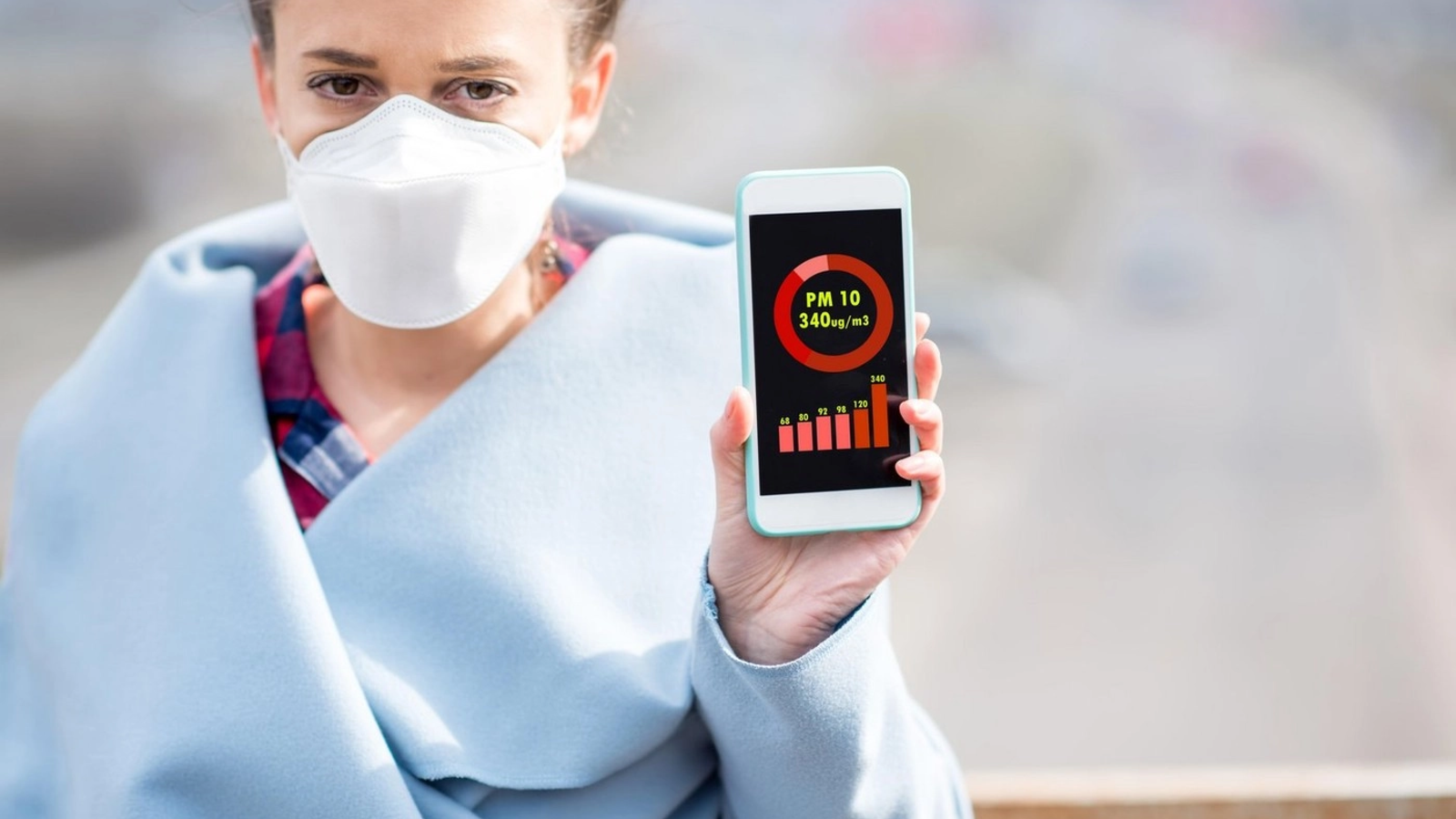




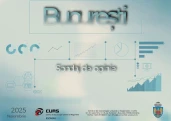






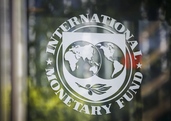
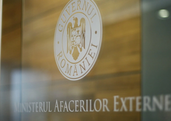








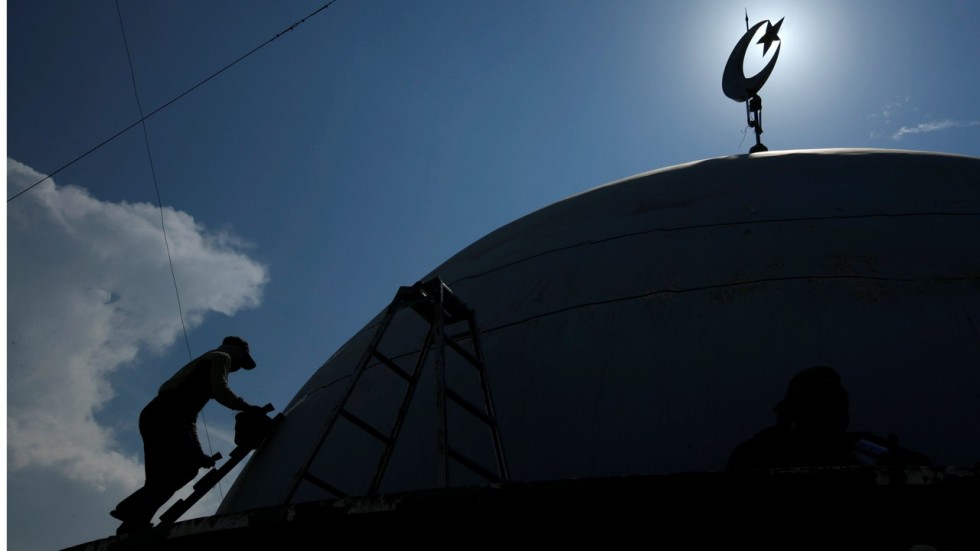






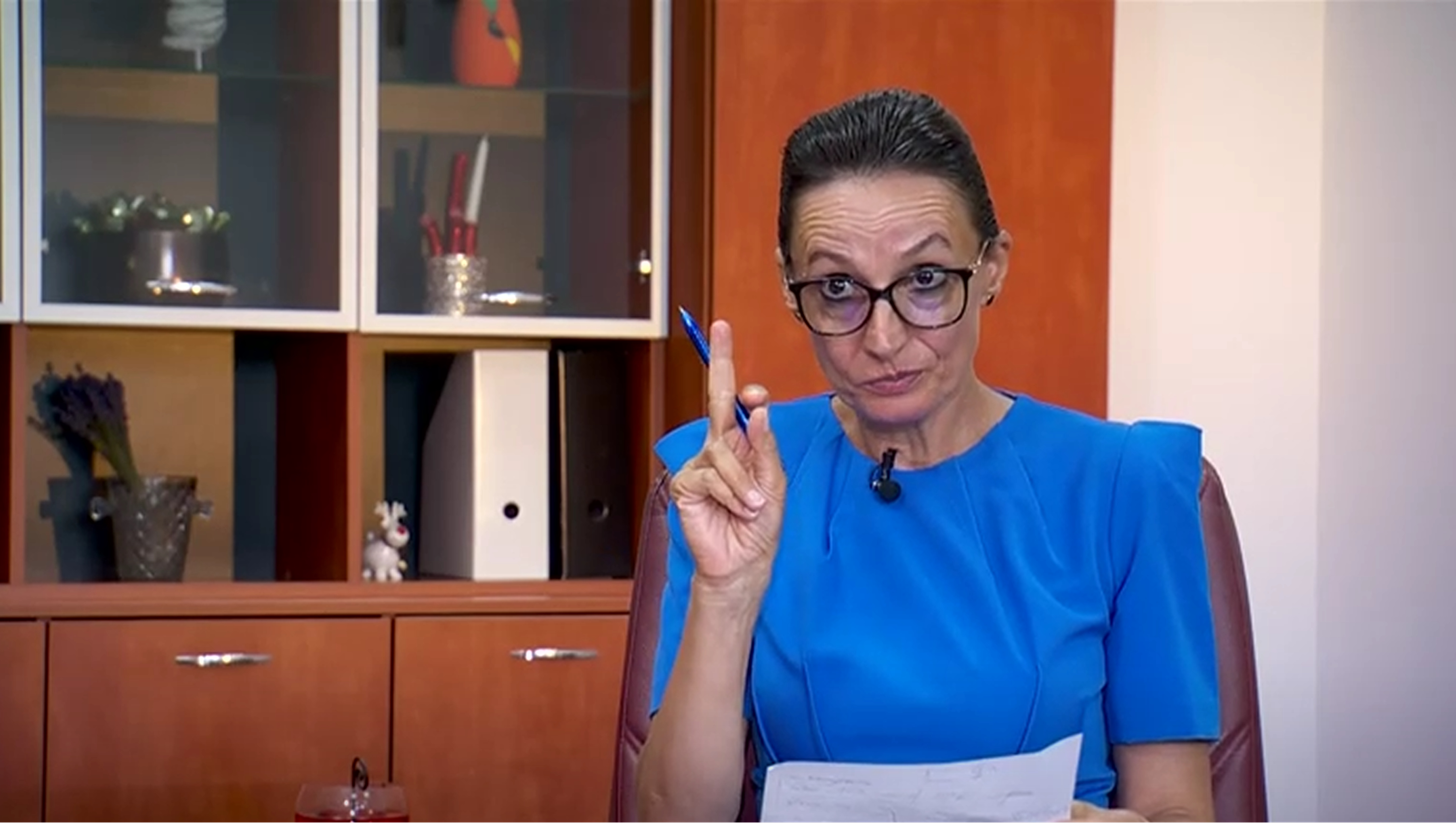


Comentează